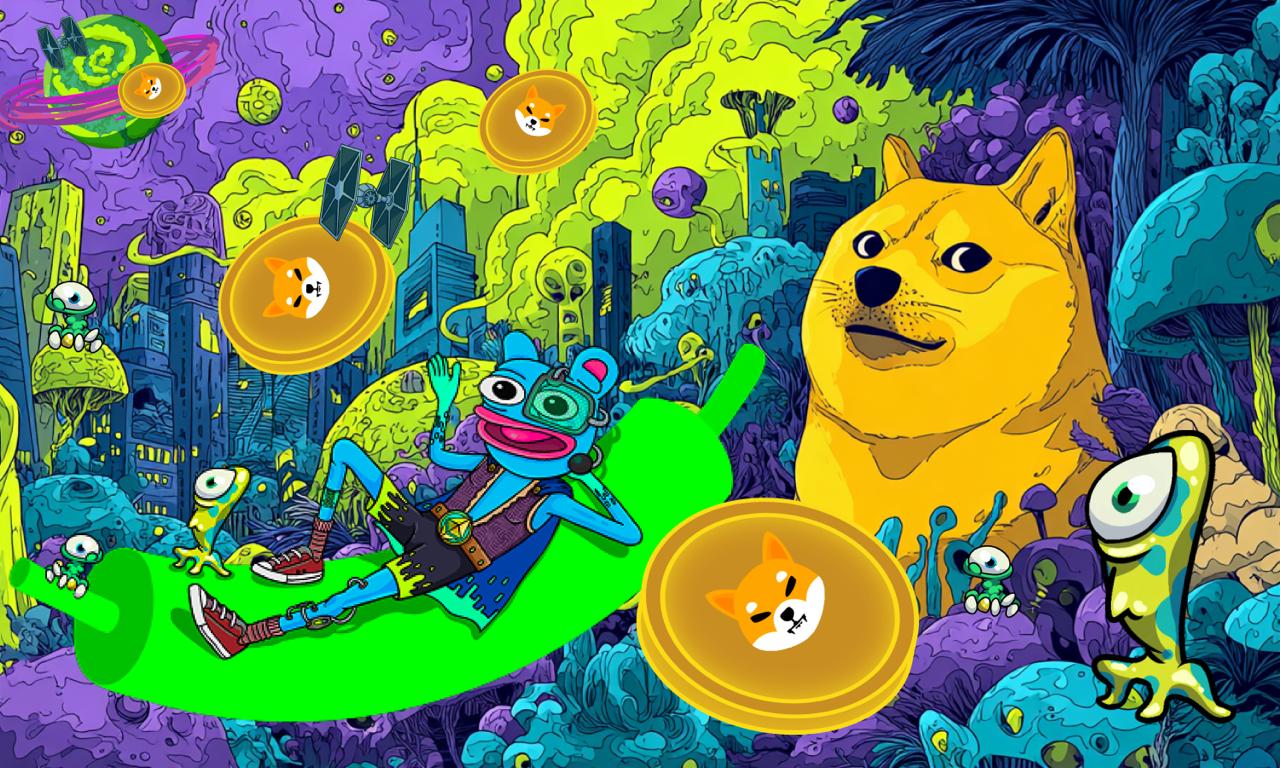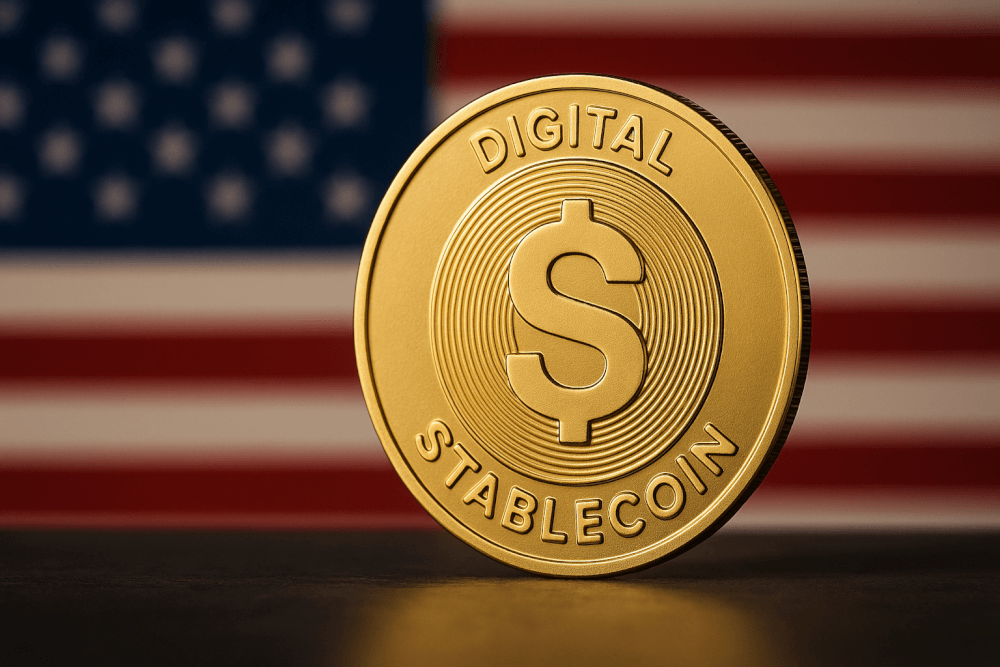Why Gamified Platforms Are the Next Wave of Digital Engagement in Web3

Web3 is rapidly evolving from a technical playground for developers and crypto investors into a vibrant ecosystem designed for real users. As decentralized platforms mature, so does the demand for user-friendly, engaging experiences that go beyond finance. One of the fastest-growing trends in this space? Gamified platforms — experiences that reward interaction, foster community, and encourage participation through play.
Whether in the form of interactive learning tools, play-to-own models, or immersive virtual environments, gamification is proving to be a powerful on-ramp for onboarding users to blockchain-based platforms. These experiences bridge the gap between utility and entertainment, making the Web3 ecosystem more accessible to mainstream audiences.
One platform leaning into this shift is an immersive slot-style platform powered by virtual coins, which blends interactive gameplay with visually engaging design and progression-based rewards. Though it doesn’t use crypto or real money, it taps into the same psychology of engagement that drives successful Web3 projects — offering fun, frictionless play that builds long-term loyalty.
From Tokens to Tasks: Web3 Needs Engagement Loops
Early Web3 adoption focused heavily on speculation. DeFi protocols, NFT drops, and token launches fueled traffic, but lacked the mechanisms to retain and engage users. Today, builders recognize that utility alone isn’t enough — users need a reason to return, explore, and participate.
Gamified platforms offer just that. Whether it’s through points, levels, virtual avatars, or unlockable features, they turn simple interactions into rewarding routines. The structure mirrors game design principles — achievements, progression, and low-friction feedback loops — that keep users invested.
According to research from the MIT Sloan School of Management, gamification boosts motivation by turning passive users into active participants. In Web3, where participation can directly impact governance, staking, or rewards, this shift is critical.
Gaming Culture Meets Crypto Culture
Crypto-native audiences are already aligned with gaming culture. Many early adopters are digital natives who grew up earning achievements and leveling up. It’s no surprise that platforms which combine play and participation feel familiar — and sticky.
More importantly, these environments support Web3’s cultural values: community, co-creation, and optionality. Gamified systems can reward behavior with non-financial incentives like access, status, or exclusive features. In a tokenized world, engagement becomes a form of contribution.
Social gaming environments — even those that don’t use blockchain — have mastered this. Take Highroller, for example. Its design encourages repeat visits through visual progression, daily features, and interactive slots powered by virtual coins. While it’s not a crypto platform, it reflects the kind of UX Web3 projects need to scale.
Reducing Friction, Increasing Retention
Web3 still struggles with UX. Wallet setups, gas fees, and network confusion remain major barriers to entry. Gamified platforms offer a way to sidestep these issues by easing users into ecosystems through low-risk, enjoyable experiences.
Some projects have already begun integrating gamified learning, social missions, or reward tiers into their onboarding. The result is less churn and better understanding of platform value. Whether a user is unlocking levels or learning how to use a dApp, the engagement mechanics are the same.
This design-first approach also encourages retention — something Web3 has historically lacked. Projects that embrace gamification aren’t just onboarding better; they’re building stickier ecosystems that feel less like tools and more like destinations.
The Future of User Onboarding in Web3
As mass adoption becomes a serious priority, gamification is emerging as one of the most practical solutions. It allows platforms to simplify complex concepts, personalize the user journey, and make interaction feel meaningful — not transactional.
From DAOs to DeFi dashboards, Web3 builders are realizing that product stickiness comes from the same place it always has: good design, rewarding systems, and user-centric experiences. Whether these platforms run on Ethereum, Solana, or no chain at all, the goal is the same — keep users coming back.
In this context, social gaming platforms like Highroller offer a blueprint for how to engage users without the friction of real-money systems or overly technical onboarding. As crypto and gaming continue to converge, expect to see more Web3 apps borrowing from gamified ecosystems to keep pace with user expectations.
You May Also Like

Shiba Inu Price Forecast: Why This New Trending Meme Coin Is Being Dubbed The New PEPE After Record Presale

How is the xStocks tokenized stock market developing?
